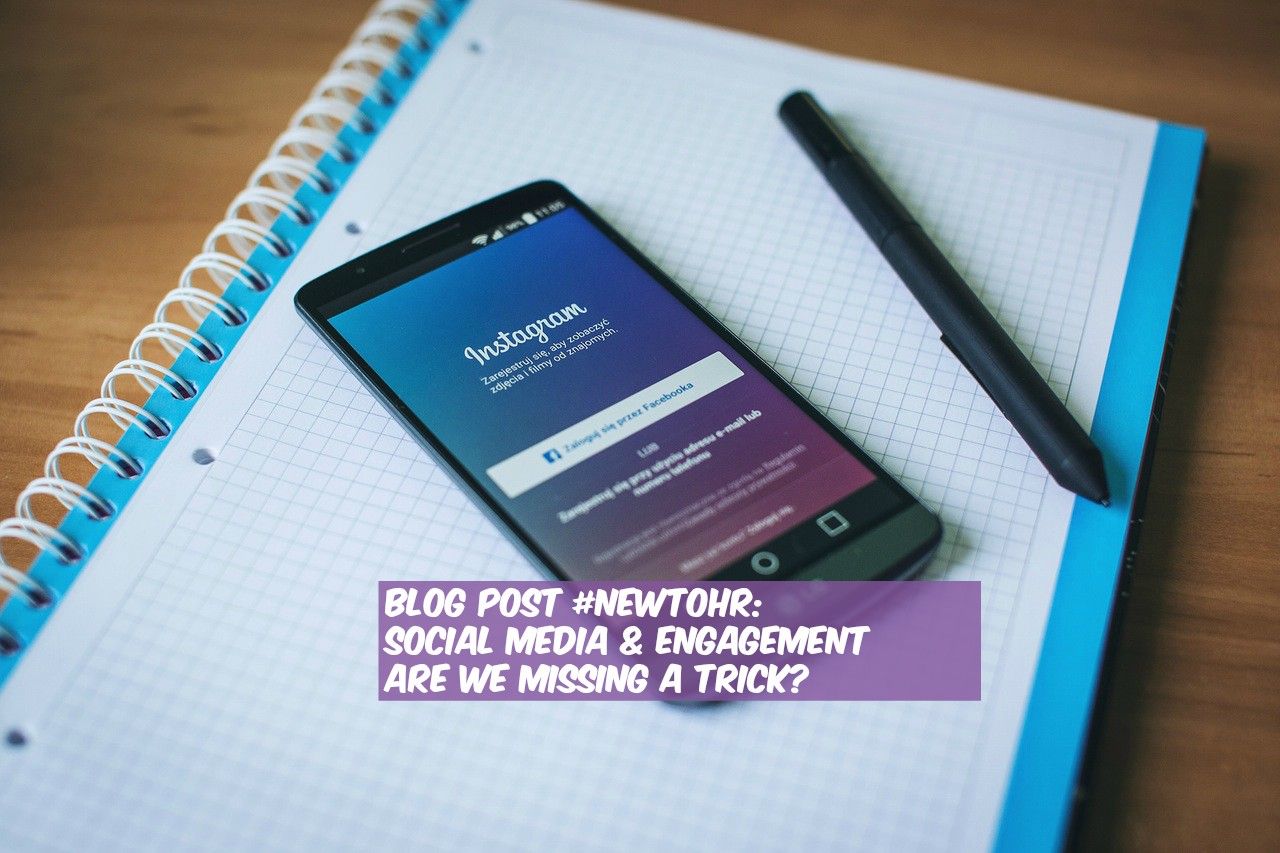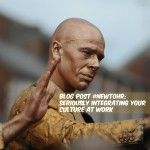
Social Media And Engagement: Are We Missing A Trick?
Ever since social networking sites such as Facebook and Twitter exploded into the popular mainstream, there has been a focus within the marketing world on using them to engage with consumers in meaningful ways.
But the problem is, standard measures of engagement – such as time spent on a site or the number of social shares that a certain item of content receives – do not go far enough.
In short, metrics such as “time on site” or “number of social shares” provide only quantitative measures of engagement, and do not measure other factors that are more qualitative, such as brand affinity, emotional attachment to a brand, or willingness to make a purchase.
For example, a company’s marketing department may see a huge spike in the number of “fans” on its Facebook page, as well as an increase in how often content is shared. However, they would have little or no insight into other factors– such as how sentiment in the marketplace is shifting, how their brands stack up against those of competitors, or how many people are actually applying to your vacancy as a result of seeing social media content online!
This may also be because they have not fully looked into their target audience. They should look into market research agencies so that they know what goes on with their target market and how they stack up against their competitors.
In short, digital marketers may be doing it all wrong, not having learned a lesson from earlier analog marketing models for TV, radio and newspapers. Then, as now, the emphasis seems to be on quantity over quality. Advertising on a popular TV show was a no-brainer, because you had a guaranteed audience at a certain time. In the same way, advertising on Facebook is seen as a no-brainer.
But think of what’s possible today with the data that marketers have at their disposal. With Facebook, they have access not only to basic demographic data (age, gender, location), but also to all the data embedded in a user’s “social graph” – likes, interests, preferences etc…
But how to extract all this information from the social graph and turn it into actionable intelligence (similar to HR Metrics).
Data offers one key. Facebook itself has been continually experimenting with ways to make the network more valuable for marketers, and how to get Facebook data in front of more people.
The problem, quite simply, is that there is so much content out there, that even if a brand has 10,000 fans, there’s no guarantee that everyone is going to see every post. Facebook has a proprietary algorithm that determines who sees what, and when. As a result, merely focusing on the number of fans or the number of likes misses the bigger picture.
Going forward, we can expect to see more efforts to fully extract the value of social networks from a marketing perspective. The Social Graph is just the first part of the solution.
The next is making sense of the interconnections and links to build a much richer picture of who likes your brand, which is crucial for your HR and recruiter team!
We can see that in the appearance of new social media tools that enable marketers to drill down deeper into how their consumers are actually behaving and what they are actually thinking – something that basic metrics will never be able to capture.
It is time for social media to get a re-think!
© New To HR


